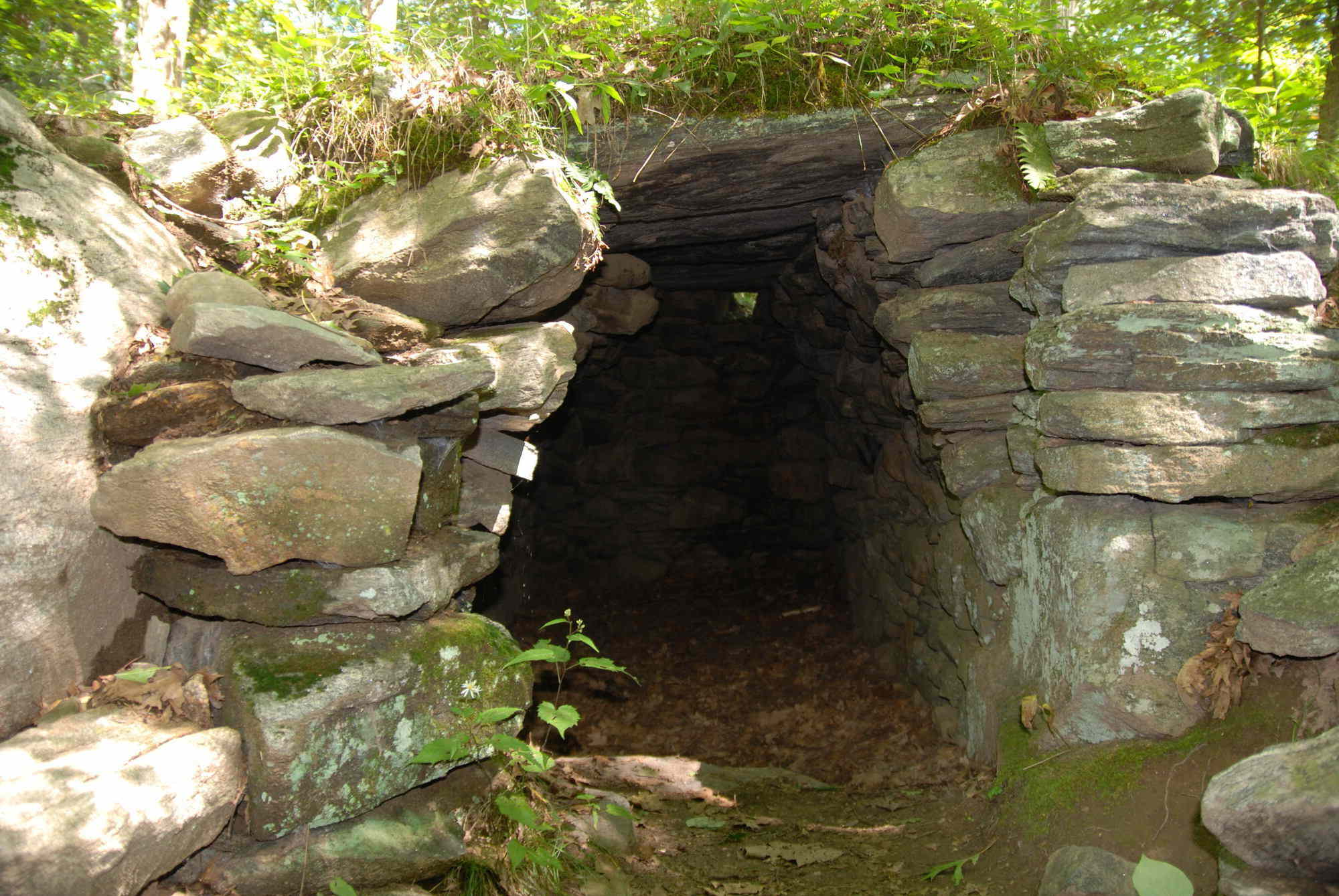Secrets Of Connecticut’s Gungywamp Ruins

Have you ever heard of Gungywamp? This mysterious site in Connecticut holds ancient ruins that have puzzled historians for years. Located in Groton, Gungywamp features stone chambers, walls, and other structures that date back centuries. Some believe these ruins were built by Native Americans, while others think they might be the work of early European settlers. The true origins remain a mystery, adding to the allure of this fascinating place. Whether you're a history buff or just love a good mystery, Gungywamp offers a unique glimpse into the past. Ready to learn more about this intriguing site? Let's dive in!
Secrets of Connecticut's Gungywamp Ruins
Connecticut's Gungywamp Ruins are shrouded in mystery and intrigue. These ancient structures, located in Groton, have puzzled historians and archaeologists for years. Let's dive into the secrets of this enigmatic site.
The Enigmatic Stone Chambers
The stone chambers at Gungywamp are perhaps the most mysterious aspect of the site. These structures have sparked numerous theories about their origins and purposes.
The Main Chamber: This large stone structure is the centerpiece of Gungywamp. Some believe it was used for ceremonial purposes, while others think it might have been a storage facility.
The Double-Walled Chamber: Unique for its double walls, this chamber has led to speculation about its use. Some suggest it could have been a place of refuge or a storage area for valuable items.
The Calendar Chamber: This chamber aligns with the equinoxes, leading some to believe it was used as an ancient calendar. The precise alignment of the stones suggests a deep understanding of astronomy.
The Mysterious Stone Circles
Scattered throughout Gungywamp are several stone circles. These formations add another layer of mystery to the site.
The Large Stone Circle: This circle, made up of large stones, is thought to have been used for gatherings or rituals. Its purpose remains a topic of debate among researchers.
The Small Stone Circle: Smaller in size, this circle might have had a more personal or family-oriented use. Some believe it could have been a place for private ceremonies.
The Intriguing Petroglyphs
Petroglyphs, or rock carvings, found at Gungywamp offer clues about the people who once inhabited the area.
The Spiral Carving: This intricate design is one of the most famous petroglyphs at Gungywamp. Its meaning is still unknown, but it could represent a spiritual or astronomical symbol.
The Animal Carvings: Depictions of animals suggest a connection to nature and possibly hunting practices. These carvings provide a glimpse into the daily lives of the site's ancient inhabitants.
The Mysterious Stone Walls
Stone walls crisscross the Gungywamp site, adding to its enigmatic nature. These walls have sparked various theories about their purpose.
The Boundary Walls: Some believe these walls marked territorial boundaries or property lines. Their construction suggests a significant effort to delineate specific areas.
The Enclosure Walls: These walls might have been used to enclose livestock or protect crops. Their design indicates a practical use, though their exact purpose remains unclear.
The Enigmatic Stone Cairns
Stone cairns, or piles of stones, are another intriguing feature of Gungywamp. These cairns have led to various interpretations.
The Burial Cairns: Some researchers believe these cairns were used as burial markers. Their placement and construction suggest a ceremonial purpose.
The Trail Cairns: These cairns might have been used to mark trails or important locations. Their strategic placement indicates a navigational use.
The Mysterious Stone Alignments
Stone alignments at Gungywamp add to the site's astronomical significance. These alignments suggest a deep understanding of celestial events.
The Equinox Alignment: Stones aligned with the equinoxes indicate a sophisticated knowledge of astronomy. This alignment could have been used to mark seasonal changes.
The Solstice Alignment: Similar to the equinox alignment, these stones align with the solstices. This suggests the site's inhabitants tracked the sun's movements throughout the year.
The Intriguing Stone Structures
Various stone structures at Gungywamp add to the site's complexity. These structures have led to numerous theories about their use.
The Stone Circle with Central Standing Stone: This structure might have been used for rituals or as a meeting place. The central standing stone suggests a focal point for gatherings.
The Stone Platform: This raised platform could have been used for ceremonies or as a stage for performances. Its construction indicates a significant effort to create a prominent feature.
Gungywamp's ruins continue to captivate and mystify. Each stone, carving, and structure offers a glimpse into a past that remains largely unknown.
Discover the Mysteries of Gungywamp
Gungywamp Ruins in Connecticut offer a unique glimpse into the past. With its ancient stone structures, mysterious carvings, and enigmatic history, this site captivates visitors and historians alike. Whether you're an avid hiker, history buff, or just curious about local legends, Gungywamp has something to offer.
Exploring these ruins provides a chance to connect with the land's rich heritage. The stone circles, chambers, and petroglyphs spark the imagination, making you wonder about the people who once called this place home. Visiting Gungywamp is not just a walk through the woods; it's a journey through time.
Plan your visit to Gungywamp and uncover the secrets that have puzzled researchers for years. This hidden gem in Connecticut is waiting to share its stories with you.

